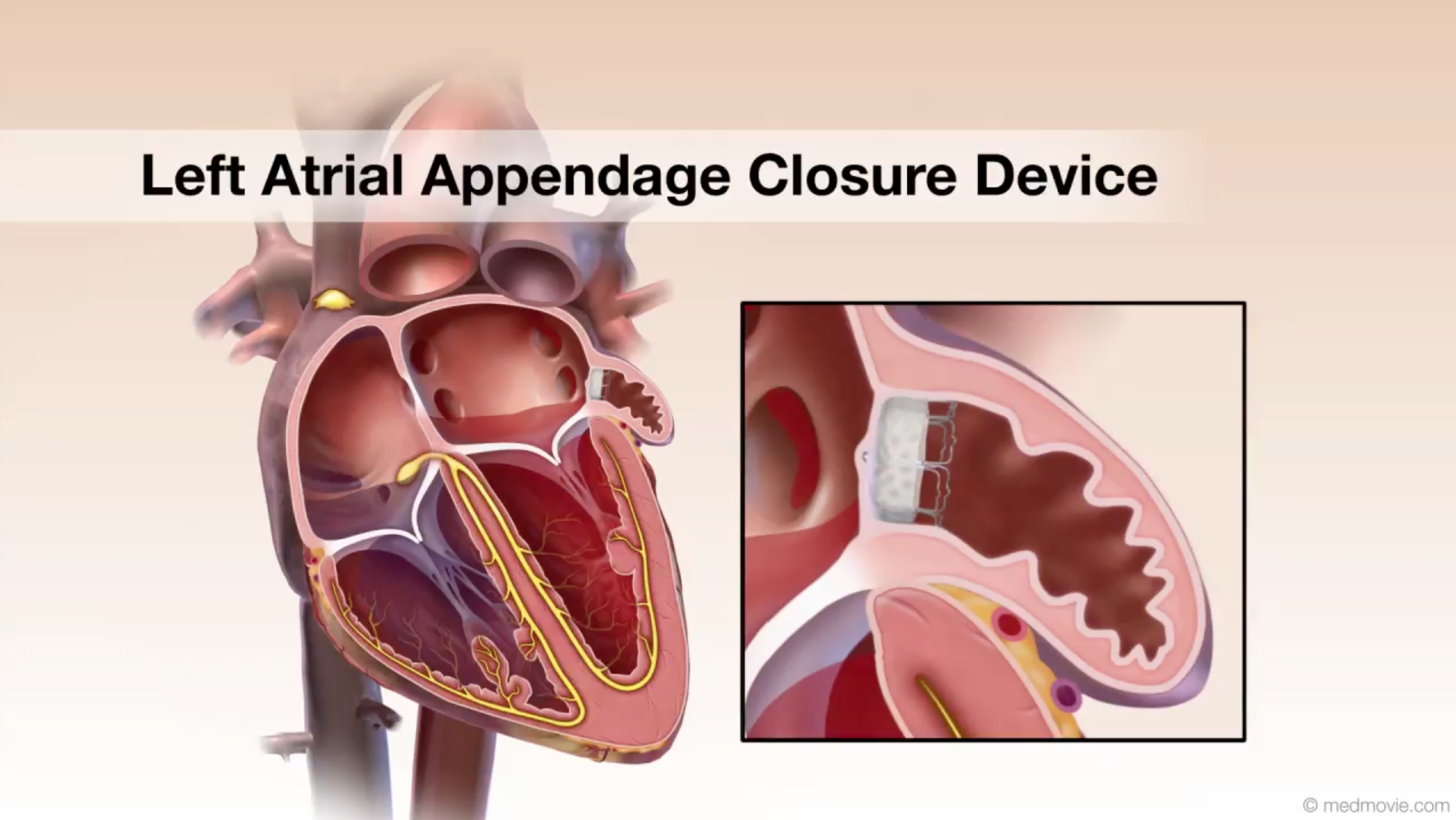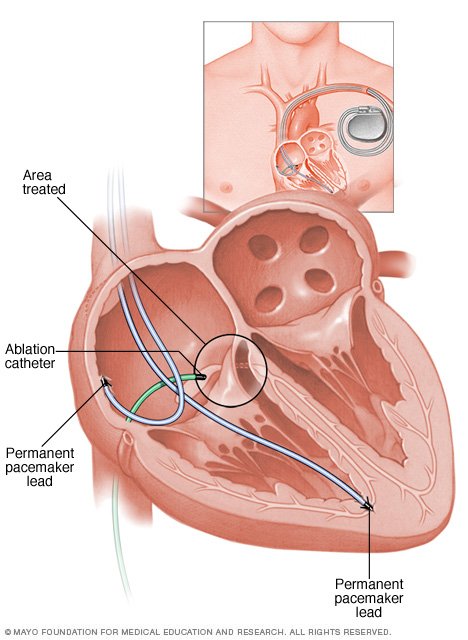

- ATRIOVENTRICULAR NODAL BLOCK DURING ATRIAL FLUTTER ABLATION HOW TO
- ATRIOVENTRICULAR NODAL BLOCK DURING ATRIAL FLUTTER ABLATION UPDATE
National Heart, Lung, and Blood Institute. AV (atrioventricular) node ablation is a treatment for an irregularly fast and disorganized heartbeat called atrial fibrillation. National Heart, Lung, and Blood Institute. In: Cardiac Electrophysiology: From Cell to Bedside.
ATRIOVENTRICULAR NODAL BLOCK DURING ATRIAL FLUTTER ABLATION UPDATE
2019 AHA/ACC/HRS focused update of the 2014 AHA/ACC/HRS guideline for the management of patients with atrial fibrillation: A report of the American College of Cardiology/American Heart Association Task Force on Clinical Practice Guidelines and the Heart Rhythm Society in collaboration with the Society of Thoracic Surgeons. In: Braunwald's Heart Disease: A Textbook of Cardiovascular Medicine. Atrial fibrillation: Clinical features, mechanisms and management. You will need a permanent pacemaker to control your heart rate, and may need to take blood thinners to reduce your risk of a stroke.

ResultsĪfter AV node ablation, your symptoms and quality of life will likely improve. Depending on your condition, you may be allowed to go home the same day or you may spend a night in the hospital. You'll be taken to a recovery area where care providers will closely monitor your condition. You will need the pacemaker for the rest of your life. Once the AV node is destroyed, your doctor implants a pacemaker, unless you already have one. Sensors on the tip of the catheter apply heat (radiofrequency energy) to the heart tissue at the AV node and destroy the electrical signaling connection. The doctor inserts the catheter through a blood vessel, usually in your groin, and into your heart. A care provider will insert an IV into your forearm or hand and give you medication to help you relax.ĭuring the procedure, you may be awake, lightly sedated or under general anesthesia (fully asleep), depending on your type of arrhythmia and other health conditions. During the procedureĬardiac ablation is done in the hospital. You may have this device placed several weeks before your ablation to make sure it is working well, or it may be done the day of your ablation. Treatment with AV node-blocking medications such as verapamil or digoxin can facilitate rapid conduction over the accessory pathway and result in ventricular.
ATRIOVENTRICULAR NODAL BLOCK DURING ATRIAL FLUTTER ABLATION HOW TO
Your care provider will tell you how to prepare and what to bring to the hospital.Īfter an AV node ablation, a pacemaker is necessary for proper heart function. Your health care provider will order several tests to check your heart health. Once the AV node is destroyed, the heart doctor then implants a small medical device to maintain a heart rhythm (pacemaker). In atrioventricular (AV) node ablation, a heart doctor uses radiofrequency energy to destroy the electrical connection between the upper and lower heart chambers ( AV node), blocking the heart's electrical impulses.


 0 kommentar(er)
0 kommentar(er)
